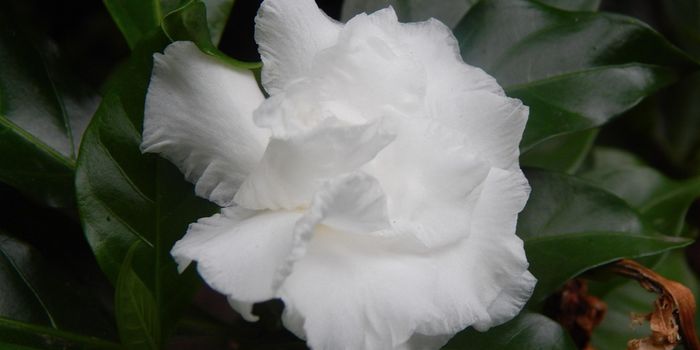Brood X Cicadas Are Here - Help Scientists Track Them
Their 17-year slumber complete, the first Brood X cicadas are burrowing their way aboveground across the eastern United States. If you’re lucky enough to see (or hear) one of these early arrivals, make sure to whip out your smartphone—entomologists want to know.
A citizen scientist initiative has deputized members of the public to help collect valuable data on the trillions of members of Brood X, the largest cohort of periodical cicadas in the United States. Cicada-spotters are asked to use the app Cicada Safari (available on the App Store and Google Play) to log their sightings—the app records time, GPS data, and your choice of photo, video or audio. Organizers of the project hope to gather at least 50,000 observations before Brood X’s time is done in mid-July.
Experts say you’re likely to hear a cicada before you see it since the males’ rattling chorus can reach up to a hundred decibels in volume. Brood X is composed of three species—Magicicada septendecim, M. cassinii and M. septendecula—all about 1.5 inches long with a black body, striking red eyes, and orange-veined wings. That distinguishes periodic cicadas like the Magicicadas from green annual cicadas. Also remember to keep an eye out for their amber-colored exoskeletons, which they shed soon after emerging.
And don’t worry, while cicadas may be alarming in numbers (pilgrims in 1634 Massachusetts were terrified by a ‘plague of locusts’), cicadas can’t hurt people. Cicadas don’t bite or sting, but their prickly feet may poke you if you hold one.
Is your state getting a cicada concert series? Brood X will emerge in parts of Delaware, Georgia, Illinois, Indiana, Kentucky, Maryland, Minnesota, North Carolina, New Jersey, New York, Ohio, Pennsylvania, Tennessee, Virginia, West Virginia and Washington, D.C., according to the Nature Conservancy.








